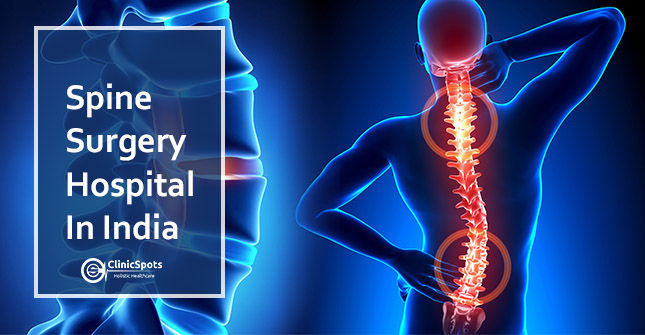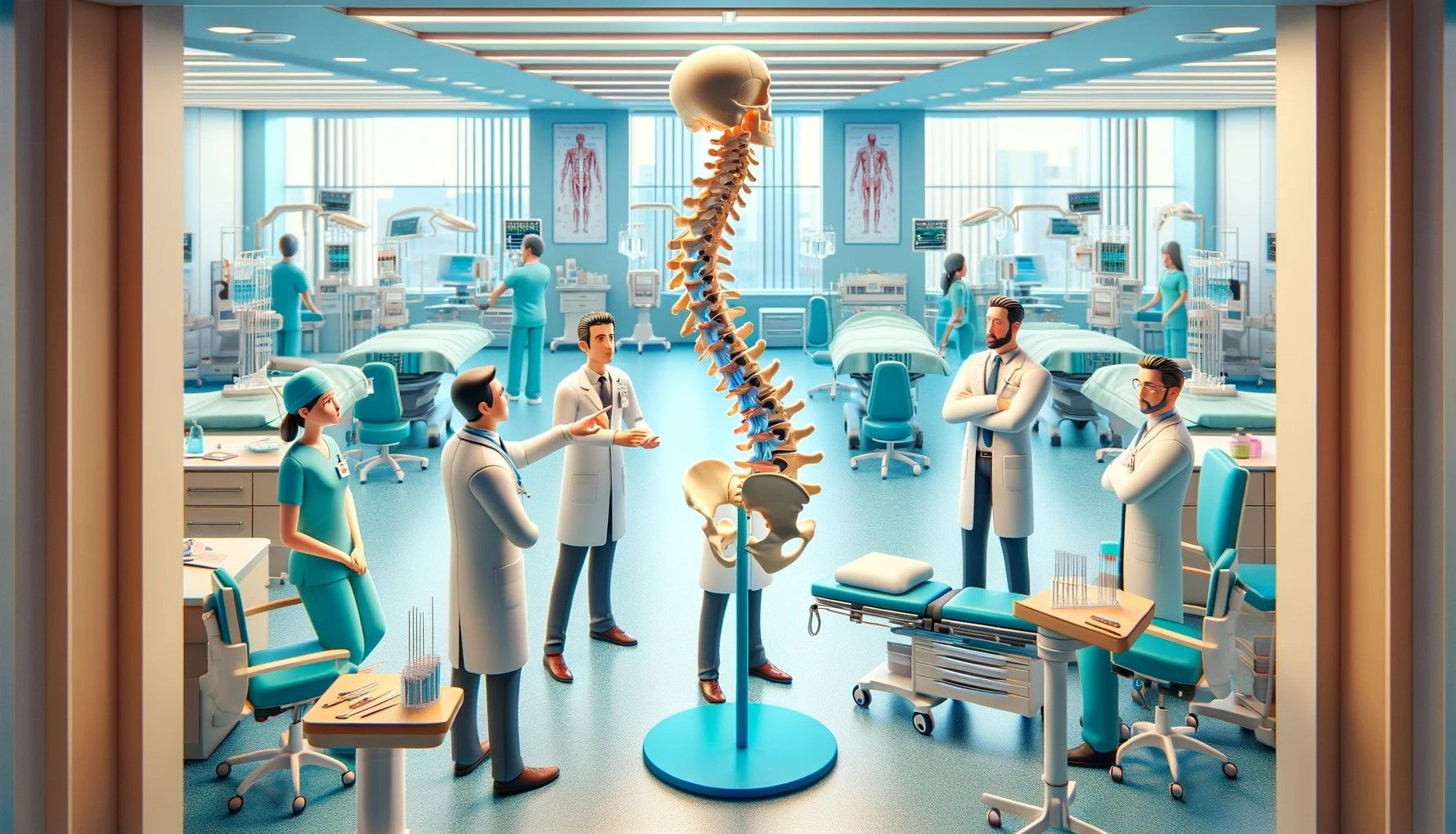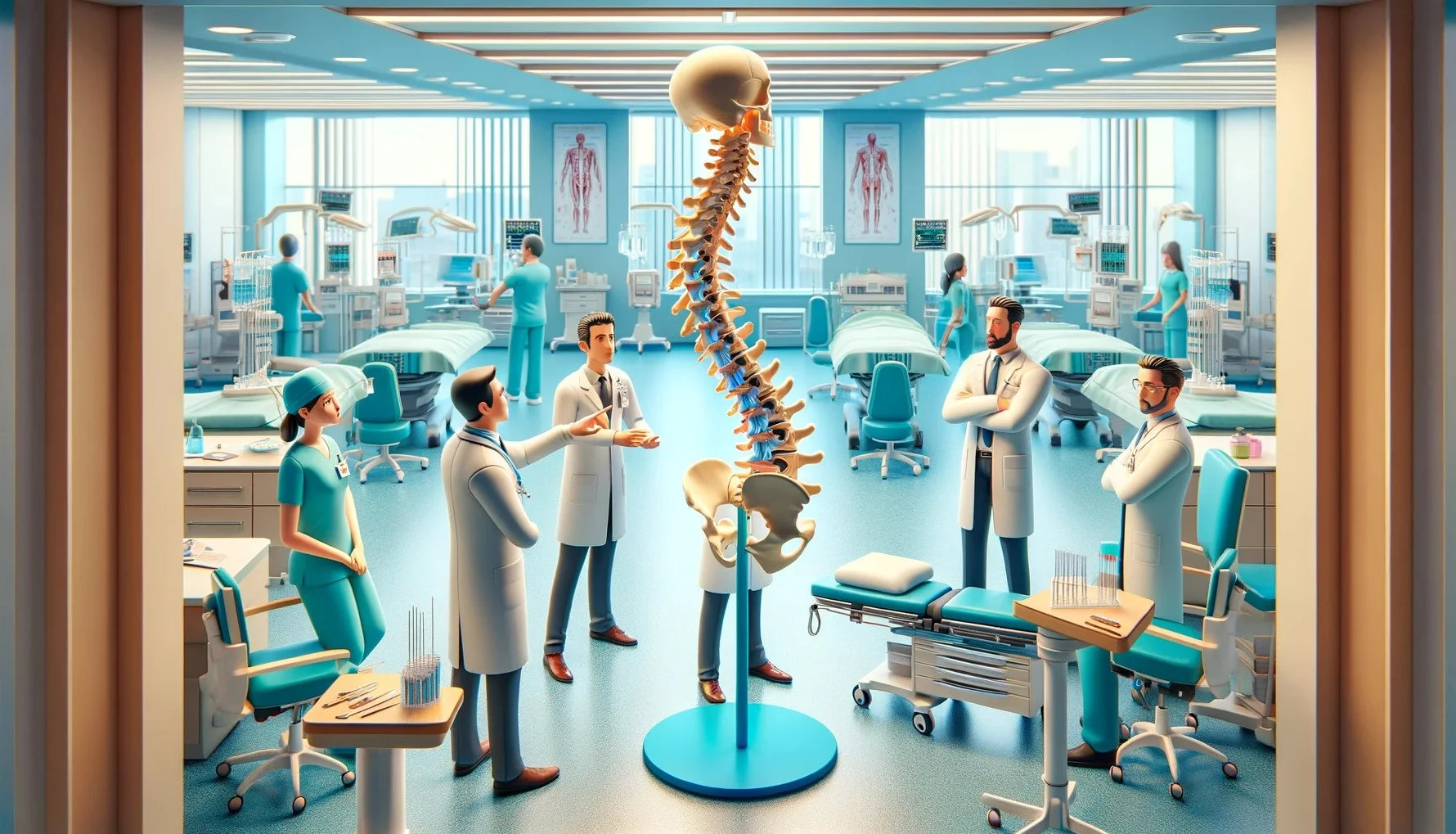Aging happens to everyone and with aging comes an increased susceptibility to certain health problems and conditions. One such health issue is degenerative disc disease, when the vertebral discs in the spine begin to wear down over time which can cause pain and reduced mobility.
In this article, we will discuss how aging affects the spine and explain degenerative disc disease, its cause, and its symptoms. We will also consider other conditions, such as spinal stenosis and spondylolisthesis, that are common in older adults.
The 24 bones that make up the spine (the vertebrae) are connected by facet joints, and separated by soft, jelly-like discs to offer protection. The spine is also stabilized by ligaments and tendons, as a person ages, all of these components can deteriorate. For example, the discs can lose their moisture and thin out, when this happens they can potentially rupture, causing a herniated disc. The vertebrae can also see a reduction in mineral content, making them more brittle and prone to fractures. Meanwhile, conditions such as spinal stenosis or spondylolisthesis can develop which can cause nerve compression or impinge on the spinal cord. Many older people can also develop bone spurs which can cause similar issues.
Spinal conditions are most common in the lower back (the lumbar region) but can also occur in the neck and upper back (cervical region). The spine typically begins to deteriorate when a person reaches their late 20s, with the vertebrae losing mass and density due to a decline in calcium content, in addition to a decrease in other important minerals. When a person reaches their 50s, this decline in mineral content can leave the vertebrae weak and vulnerable to certain spinal conditions. This can have a knock-on effect on the adjacent discs which are also prone to age-related issues, including degenerative disc disease.
What is Degenerative Disc Disease?
Over time, the spinal (intervertebral) discs wear down and will lose moisture and overall strength. However, this general wear and tear is not always a case of degenerative disc disease. This condition refers to when aged and damaged discs cause a person pain, as well as other symptoms that may impact their mobility and general quality of life. Effectively the spine’s shock absorbers, these discs ensure a person can move freely and comfortably by enabling flexibility in the spine. If just one of these discs fails to function properly, the individual may experience chronic pain.
Consisting of two parts, a soft inner core, and a tougher outer casing, each can show signs of degeneration. In the case of the outer core, the annulus fibrosus, this protective casing can suffer tears which can lead to the inner core bulging out and coming into contact with the nerves. This is referred to as a herniated disc. Meanwhile, the inner core, the nucleus pulposus can also suffer damage, becoming inflamed and possibly even leaking the valuable proteins that are stored within.
Discs receive very little blood supply which prevents them from regenerating like other parts of the body which means curing or reversing degenerative disc disease is not possible. Fortunately, the pain and symptoms can be managed, and if treatment options are unsuccessful, the part of the problematic disc can be removed to provide long-term relief.
If left untreated, degenerative disc disease can worsen, with pain becoming more frequent and more severe, and the possibility of other adjacent discs and vertebrae also becoming damaged.
What Can Cause Degenerative Disc Disease?
Age is the main cause of degenerative disc disease with the condition much more prevalent in people aged over 50. Each disc is made up of around 80% water and can begin drying out when a person hits their 30s, by the time they are in their 50s, some discs may have lost a lot of moisture and no longer cushion the vertebrae as well as they once did. Almost everyone aged 60 or over will show some signs of disc degeneration.
Even so, age is not the only factor that can come into play in terms of bringing on degenerative disc disease. If a person lives a lifestyle that places a lot of strain on their back, such as manual jobs with a lot of heavy lifting, or even jobs that require a person to sit at a computer for long hours, their spine can deteriorate much quicker. Many office workers do not maintain good posture which can lead to their spine being compressed for long periods, potentially damaging their discs.
Playing sports regularly can also result in damaged discs or early deterioration, especially if a person participates in sports like weight lifting or contact sports such as football. If a person suffers an impact injury that results in a spinal fracture, then this could also cause damage to adjacent discs.
Degenerative Disc Disease Symptoms
The symptoms of degenerative disc disease can vary from person to person, with some people also experiencing more severe levels of pain than others.
A person who has degenerative disc disease may develop the following symptoms:
In conclusion, degenerative disc disease is a prevalent issue linked to aging, where the spine's vertebral discs deteriorate, leading to pain and reduced mobility. As these discs lose moisture and strength over time, symptoms like chronic pain, numbness, and weakness may emerge. Early intervention and appropriate treatment are key to managing these symptoms and maintaining quality of life. Ensuring proper posture, avoiding excessive strain on the spine, and regular medical check-ups can help mitigate the impact of aging on spinal health. Though the condition can't be reversed, proactive measures can provide significant relief and improve overall well-being.


